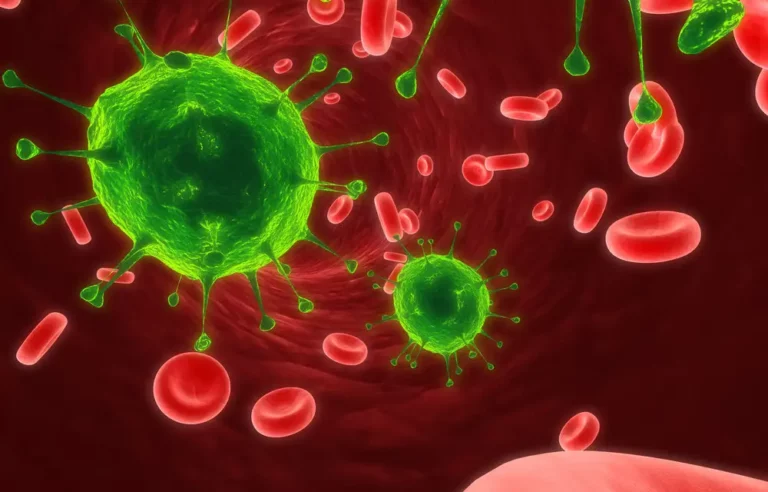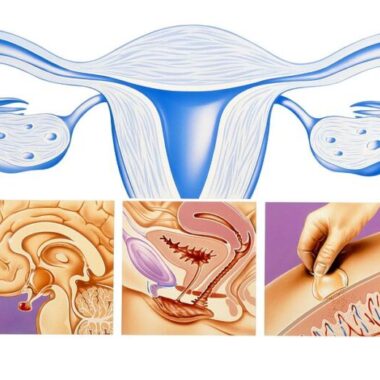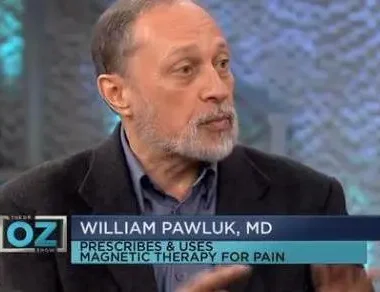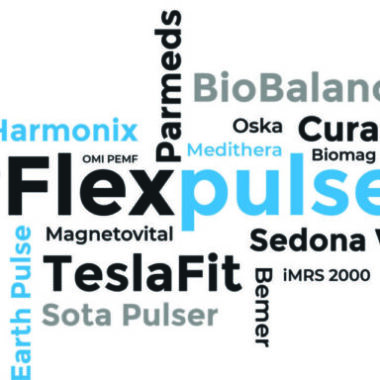Cancer and PEMF Therapy
Table of Contents
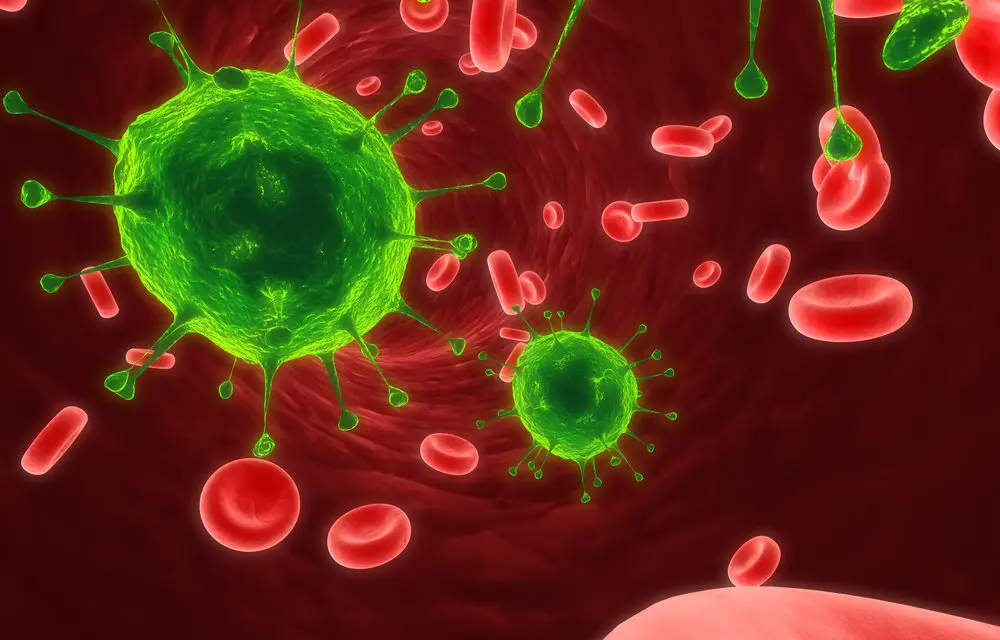
I have never been a proponent of saying that PEMFs alone should be used to treat cancer. The most humbling thing I can say about the treatment of cancer is that there are no perfect solutions. I would also say that cures are rare.
CAN CANCER BE “CURED”?
Cancer is actually a group of related diseases, all of which produce abnormal cell growth and all of which have the potential to spread to parts of the body other than that in which they originated. (This distinguishes them from benign tumors, which don’t spread.) The various types of cancer include prostate cancer, lung cancer, basal cell cancer (a kind of skin cancer), melanoma (another form of skin cancer), colon cancer, ovarian cancer, breast cancer, lymphoma, leukemia and many others.

Chemotherapy, radiation, and surgery are common forms of cancer treatment. The seven common warning signs of cancer are changes in bowel or bladder habits, a sore that doesn’t heal, difficulty swallowing or indigestion, a thickening or lump in the breast or some other part of the body, hoarseness or a nagging cough, obvious change in a wart or mole, and unusual bleeding or discharge.
Cancer in whatever form is a chronic illness. Even if you have been declared “cured” by a doctor, usually defined as surviving beyond 5 years after diagnosis, there is almost always a need for lifelong vigilance and surveillance to be sure the cancer has not come back. Yes, you can effectively be in a state of long-term remission after an original diagnosis. Unfortunately, very many people do not live beyond 5 years or for that matter beyond 10 or even 15 years after their diagnosis. An example is breast cancer, which could be considered cured today, shows up 15 – 20 years later in the bones, with no indication that it was brewing there over the decades. So, medicine today continues to search for answers in the war on cancer, to find a cure using the most natural cancer treatment available.
THE REAL ISSUE
To me the real issue is not necessarily to find a cure, even though that is certainly a desirable goal, but rather to find ways of making our current therapies more effective to produce longer-lasting results with a better quality of life. So often, current medical therapies are brutal, making people very ill, often with poor results nonetheless. They can produce distressing and demoralizing side effects like pain, nausea, vomiting, hair loss, bad fatigue and others. Yes, certainly, in many cases the therapies do produce somewhat “long-lasting” benefits, but this is often uncertain and unpredictable.
Accordingly, we may well ask if PEMF is a useful addition to the conventional arsenal of cancer therapies, both as an adjunct in the short term and for preventive care in the long term. Naturally, to consider this question intelligently, it helps to understand what PEMF is.
WHAT IS PEMF THERAPY?
What really is PEMF therapy? PEMF is an acronym for Pulsed Electromagnetic Field. PEMF therapy involves applying electromagnetic waves from the harmless part of the electromagnetic spectrum to the body. These waves are typically delivered via a special “yoga mat” on which the patient lies. There is reason to believe that resulting extremely low-frequency (ELF) magnetic stimulus (PEMF) interacts with the cells to increase oxygen, circulation, reduce inflammation, improve mobility, ease pain, and promote faster healing. It may increase cell energy and cell metabolism, decrease inflammatory cytokines, and perhaps restore balance between free radicals and antioxidants. Though your body needs both of these for bodily functions including the immune response and cellular respiration, an imbalance could conceivably lead to protein and fat degradation, DNA damage, and cell and tissue death.
PEMF was originally used to treat fractures and the FDA approved it for that purpose in 1979. Today, however, it’s been used to provide therapy for a broad range of ailments and conditions including Parkinson’s disease, dementia, Multiple Sclerosis, and chronic pain. It received general FDA approval in 2007 and today is used by many people around the world.
HOW PEMF THERAPY ENHANCES EXISTING CANCER TREATMENTS
PEMF therapies may be one approach to enhancing the value of existing treatments for cancer. There may be benefits related to improving healthy oxygen circulation, promoting the growth of healthy cells, and improving the quality of breathing, a benefit of particular benefit to individuals with lung cancer. PEMF therapy may also help with pain. Cancer often brings with it one or more of four different types of pain.
First, there’s bone pain, generally caused by a tumor pressing on the bone. Patients experience this as extreme tenderness or unpleasant dull sensations that persist no matter how the individual positions his or her body.
Second, there’s nerve pain. This is a very common problem for cancer sufferers as their chemotherapy often produces neuropathy. When the treatment itself results in nerve damage, patients often experience tingling, numbness, or a burning sensation in their limbs.

Third, there’s soft tissue pain. This happens when cancer damages muscles, fascia, tendons, and ligaments. (Often this particular source of pain is hard to identify as it is likely to accompany other forms of pain.)
Finally, there’s phantom pain. It’s sad but true that in extreme cases, cancer treatment can even require amputation. Phantom pain occurs when a pain feels as though he or she is experiencing pain the limb that is now missing.
Patients are sometimes advised to take medication for these forms of pain. Pain relievers like aspirin and ibuprofen sometimes prove useful for relatively mild sensations. Codeine is sometimes used to address moderate pain, and morphine and other powerful opioids can be used to tackle overwhelming pain. There’s a chance, however, that the medication will prove ineffective, decline in effectiveness over time, come with side effects, or even, in the case of opioids, prove addictive or lead to lethal overdose.
USE PEMF AS AN ALTERNATIVE
PEMF therapy may offer a viable alternative. There is reason to believe that, just as it may ease other forms of pain, PEMF therapy may relieve pain resulting from cancer too.
Admittedly, the research available to support the use of PEMFs in the setting of cancer is still is still in its early stages. Of course, the same can be said of most existing medical therapies. So, the question is what is the harm of adding PEMF to a cancer therapy plan? The fear of harm comes largely from uncertainty.
That said, conventional medical therapies still have a huge level of uncertainty as well, but they are sanctioned by society and the medical community. That makes them acceptable, even though they are very often ineffective. Because the benefits of PEMFs are not as widely known in the western medical community, any risks are considered to be “unacceptable”.
That being said, most doctors are completely ignorant about what PEMFs do biologically and physically. And unfortunately, they are not willing to explore these approaches even in cases like cancer where complementary therapies are a vital part of treatment. Likewise, most doctors are not even willing to approach and consider nutritional aspects of managing cancer. As a result, the consumer and the person suffering from cancer, is largely left on his or her own.
RESEARCH INTO PEMF FOR CANCER TREATMENT
Perhaps we can shed a little bit of light on this issue by looking at the research. Various studies exist on PEMF therapy’s potential usefulness in addressing various forms of cancer including breast cancer, ovarian cancer, prostate cancer, and lung cancer, but for simplicity’s sake, let’s focus on two recent ones. One study used human subjects and one used animals.
Even conventional medical oncology sometimes resorts to relying on animal studies in the absence of any available human studies. Since you can’t always conclude that the results from animal studies can be applied to humans, drawing conclusions from animal studies needs to be done with some caution. However, I’m of the belief that individuals are responsible for their own health and will ultimately make their own best personal decisions, and if the information from animal studies figures into those decisions, that’s all right.
TREATMENT OF HUMAN CANCER WITH PEMF THERAPY
In a human study done in China, magnetic fields were studied in the treatment of patients with advanced cancers of various kinds. Unfortunately, the entire article is a written in Chinese, so it is not available in complete form to those not fluent in that language. In this study, 137 patients with advanced malignant tumors were exposed to what amounts to a sinusoidal magnetic field of approximately 7 Hz, at 4000 Gauss, for 2 hours a day for between 30 to 50 days. The clinical benefit was 60%. 28 patients had a complete response and 54 had a partial response. The median overall survival was 12 months. The 1-year, 2-year and 3-year survival rates were 47.0%, 11.8%, 3.4%, respectively. Complications were minimal. There were no treatment related deaths.
Unfortunately, the survival rates in individuals with advanced cancers normally tend to be very poor. If life can be extended comfortably to even a limited degree, this could be a very important benefit. The conclusion of the study is that the PEMF therapy seems to have improved the quality of life of these individuals and in many cases probably prolonged their survival.
WHY PEMF IS A SOLUTION
While we don’t have commercially available PEMFs exactly the same as those used in this study, we do have available PEMF systems that are of a comparable intensity with a similar frequency. However, these devices are often very expensive and need to be used for extended periods of time, that is, up to 2 hours per day, on a daily basis, for extended periods of time, for months, if not the rest of the person’s life. It is not known if treatment extended beyond the 30 to 50 days used in this study would have produced even better results. Nonetheless, these results are very impressive despite the limited length of time the treatment was used. Since often these treatments are applied in doctors’ offices, the treatment durations there are probably too short.
Even if available PEMFs are not exactly comparable to those used in this study, available devices have the potential to produce similar results. In the end, there is no harm, based on what this study shows, in trying. In my clinical experience, patients using PEMFs on an ongoing basis, in the home setting, long-term, with or without conventional therapies do better and are much more comfortable.
Han JQ, Liu Q, Sun CT, Yao J, Zhao B, Wang H. Efficacy and safety of low-frequency rotary magnetic fields in the treatment of patients with advanced malignant tumors. [Article in Chinese] Zhonghua Zhong Liu Za Zhi. 2013 Jun;35(6):468-71.
ANIMAL STUDIES OF PEMF FOR CANCER TREATMENT
Another study looked at the use of pulsed electric fields in breast cancer in mice. Electric fields have both an electric and magnetic aspect to them. Very short pulse length pulsed electric fields, which didn’t create heating to destroy tissue, were used. The frequency was 4 hertz. Two weeks after treatment, the growth of treated tumors was inhibited by 79%. MRI was used to assess the physical changes in the tumors. Various growth factors, including the development of new blood vessels, were strongly suppressed. As a control, normal skin was treated the same way as the tumors and showed no permanent changes.
So, tumors react differently to PEMFs, in a positive fashion, than normal tissue. The results suggest short pulse electromagnetic fields may be able to inhibit human breast cancer development and suppress tumor blood vessel growth and may therefore serve as a novel therapy for breast cancer.
Wu S, Wang Y, Guo J, Chen Q, Zhang J, Fang J. Nanosecond pulsed electric fields as a novel drug free therapy for breast cancer: An in vivo study. Cancer Lett. 2013 Oct 4. S0304-3835(13)00701-5.
PEMF FOR CANCER TREATMENT
These 2 studies show us that PEMFs have significant potential in helping patients with cancer, advanced or otherwise. Obviously, a great deal more research needs to be done to discover the best signals and approaches. It remains for the individual to determine whether using PEMFs along with other conventional approaches is something they might want to consider. As a physician, I can’t tell you whether this is your best option. I feel comfortable saying, however, knowing what I know about PEMFs and their benefits, that PEMFs can be a very important addition to whatever approach to cancer treatment an individual may choose. At this point, suffice it to say, nobody has a perfect solution, but in summary, we can say the following:
FOUR POINTS ON PEMF
- PEMF is safe to use. Neither the available research nor clinical experience indicates that low-intensity PEMF produces any side effects. Right now, across the country, people are using the pulsed magnetic fields of PEMF mats to provide therapy for a variety of ailments they experience and even to help their children and pets.
- PEMF is non-invasive. There are no needles, IVs, or any other form of invasive therapy involved in PEMF. Generally speaking, you simply lie on a PEMF mat to experience the low-intensity pulsed magnetic fields and can do this in the comfort of your own home.
- PEMF brings no risk of toxicity. Above, we alluded to the harsh side effects that often accompany traditional chemotherapy (pain, nausea, hair loss, etc.) Patients experience these side effects because, while chemotherapy attacks cancer cells as it’s supposed to, it kills healthy cells as well. This can even depress the immune system and leave the body more vulnerable to infectious illness. In contrast, PEMF therapy produces no such effect. Instead, there’s evidence to suggest that PEMF may actually oxygenate the blood, enhance the production and function of healthy red blood cells, and facilitate the repair of damaged red blood cells, thus potentially offsetting some of the damaging side effects of chemotherapy.
- PEMF combines readily with other types of cancer therapy. PEMF can be added to most if not all cancer therapy plans. Given that PEMF is safe, non-invasive, and non-toxic, there’s little no risk of an unfortunate interaction with any other therapy or treatment the patient is receiving.
If you’d like more information about PEMF for cancer therapy or the other therapeutic uses of PEMF, please check out our education section here.
